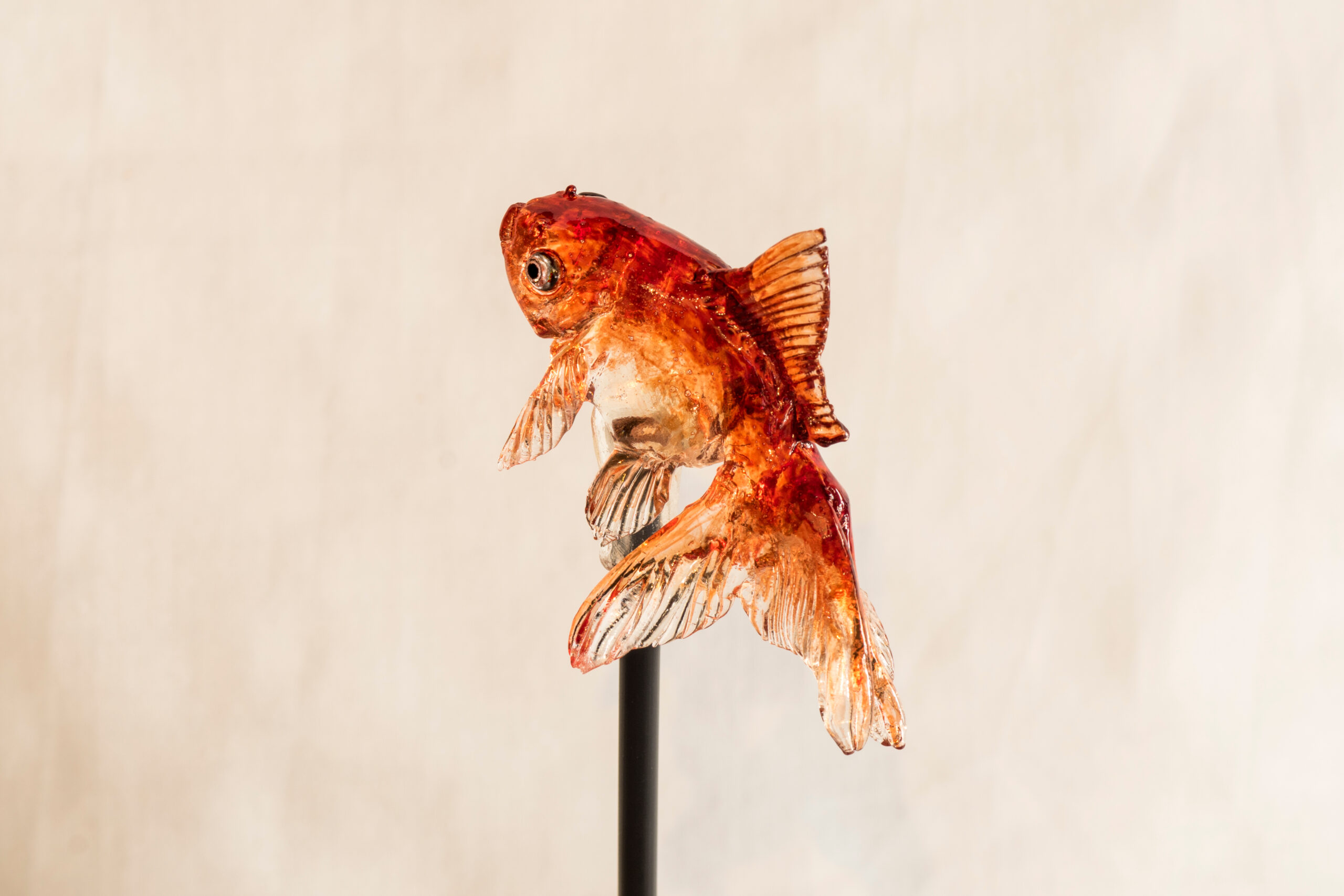
Thrilling victory: Habtoor Polo
The thrilling Gold Cup finals kicked off with Dubai Wolves...

The thrilling Gold Cup finals kicked off with Dubai Wolves...
Traditionally, the Silver Cup, held at handicap level 20, marks...
25.000 of spectators who strolled through the PoloVillage, enjoyed the...
Fashion is fast-moving, collections change with the seasons and often...
Dermatologists and cosmetic studios have been successfully offering light therapy...
Working in the United States, emerging democracies, and democracies in-conflict...
The thrilling Gold Cup finals kicked off with Dubai Wolves by CAFU securing the..
Read More25.000 of spectators who strolled through the PoloVillage, enjoyed the exclusive atmosphere and..
Read MoreFashion is fast-moving, collections change with the seasons and often even..
Read MoreDermatologists and cosmetic studios have been successfully offering light therapy as a skin treatment..
Read MoreA modern maharaja: blending tradition and progress. His Highness Sawai Padmanabh Singh, the 303rd..
Read MoreThe Rolls-Royce La Rose Noire, an extraordinary motor car, presented to the clients who..
Read More
Amezaiku, candy sculpting has a long tradition in Japan. During the Heian period
(8th century) where these little sweets were given as offerings to shrines at temples in Kyoto. The amezaiku craft spread beyond the temple during in the Edo period (17th to 19thcenturies), but by the time the Edo period kicked in, the amezaiku started a craze that went beyond the walls of any temple.
It became an amazing source of entertain- ment used by street performers because it was mesmerizing to watch its creation. In Edo, today’s Tokyo, amezaiku developed as it is practiced in its present form. It involves years of dedicated practice, working with molten sugar and shaping it quickly with scissors and tweezers, then tediously painting details onto the hardened surface. The result is astounding! One of the outstanding amezaiku artists is Master Shinri Tezuka, who fascinates people around the world with his artistry.
If you see amezaiku artworks for the first time, you will hardly get the idea that the golden carp, fire-breathing dragons, green frogs, adorable dogs or cats, cute rabbits, pandas or horses, are sweet delicacies. They are so artful that they are too good to eat. The candy base is prepared beforehand, using a starchy syrup recipe that requires careful monitoring to ensure proper consistency and appearance. The mixture is kneaded and pulled by hand and formed into a large ball to be stored until ready to use. At the stall, the candy ball is heated to make it pliable again. The artist puts their hand into the hot mass to pinch up the material necessary; this too is a skill, as the artist must learn to tolerate the painful heat of the medium. The hot candy is quickly rolled and mounted on a stick, then pulled, twisted and clipped into form, usually an animal of some kind and often intricate. Speed is necessary to the art since the sculp- ture must be completed before the candy cools and hardens again.
This also happens to be the reason why this craft can be high relatable to glass shaping be- cause the artists also have to work under a time constraint due to the cooling process of the hot glass being molded. Unlike glass shaping though, the only tools used in shaping the soft candy are traditional Japanese scissors and the bare hands of the artist.
The production of sweet delicacies is reminiscent of the glassblowing art, because the art- its’s also have to work under a time constraint due to the cooling process of the hot glass being molded. Unlike glass shaping though, the only tools used in shaping the soft candy are traditional Japanese scissors and the bare hands of the artist.
If you spend your holidays in Tokyo, do not miss to visit the shop of Master Shinri Tezuka. The sight of the countless sweet works of art is enchanting. If you feel like it, you can also book an amezaiku workshop in Master Shinri
Tezuka’s Hanakawado Studio. The number of participants is limited. An advance reservation is absolutely necessary.
More information for booking the workshop:
http://www.ame-shin.com

The thrilling Gold Cup finals kicked off with Dubai Wolves by CAFU securing the initial

Traditionally, the Silver Cup, held at handicap level 20, marks the start of the Dubai

25.000 of spectators who strolled through the PoloVillage, enjoyed the exclusive atmosphere and soaked up
[user_registration_form id=”9713″]
Membership as a POLO & LUXURY Insider is free.
POLO & LUXURY do not share your data with third parties.
[user_registration_my_account redirect_url=”my-account”]